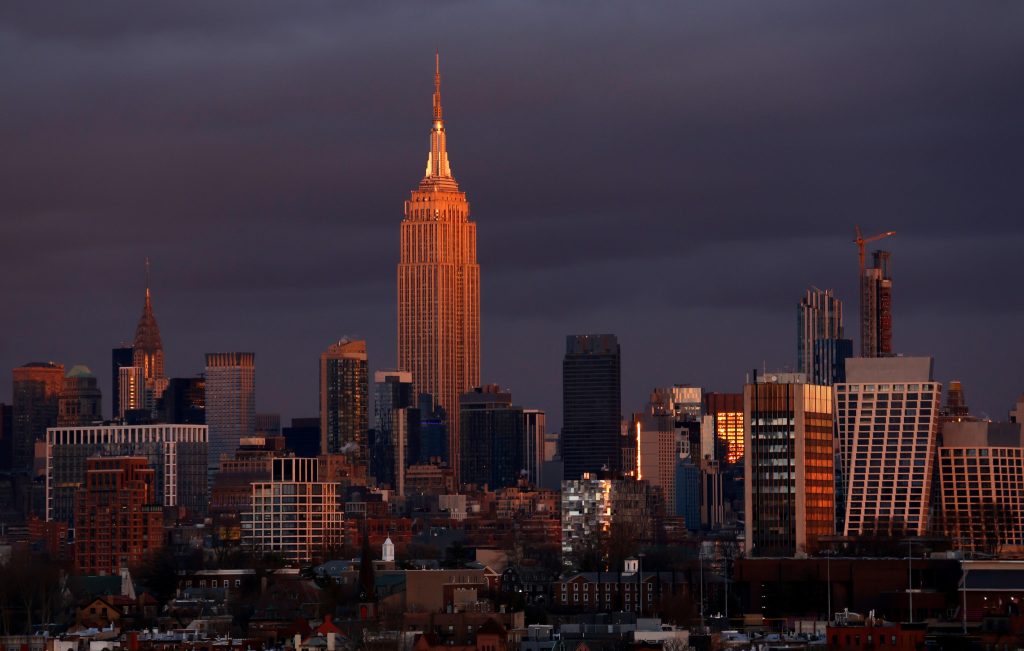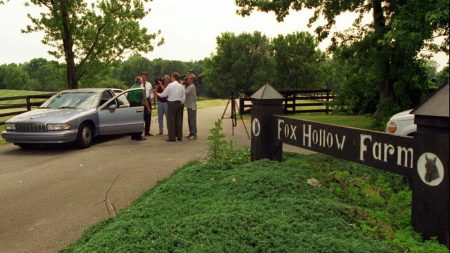The Empire State Building, a towering symbol of New York City, found itself at the center of a social media storm after lighting its iconic facade in the green and white colors of the Philadelphia Eagles, celebrating their victory over the Washington Commanders in the NFC Championship game. This act, seen by many New York Giants fans as a betrayal, ignited a wave of criticism and mockery online, highlighting the intense rivalries that exist within the NFC East division and the deep-seated passions of NFL fans.
The Empire State Building’s social media team, seemingly anticipating the backlash, preemptively addressed the situation with a series of self-aware posts. Acknowledging the sensitive nature of illuminating their New York landmark in the colors of a rival team, they pleaded for understanding from Giants fans, explaining their policy of honoring the winners of both the AFC and NFC Championship games. Despite these preemptive attempts to mitigate the outrage, the decision still sparked considerable disapproval and fueled humorous exchanges on social media.
The incident wasn’t an isolated one. Just a year earlier, in 2023, the Empire State Building faced similar criticism for lighting up in Eagles colors after their previous NFC Championship win. This repetition only served to amplify the current controversy, reminding Giants fans of a perceived slight and reigniting old wounds. The “Fly Eagles Fly” message displayed on the building in 2023, reposted by the New York Giants with a pointed comment inviting reactions, further underscores the complex interplay of rivalry, respect, and online engagement within the NFL community.
While the Empire State Building’s lighting choices stirred up controversy in New York, the focus in Philadelphia was squarely on the Eagles’ impressive performance. Saquon Barkley, the Eagles’ star running back, delivered a dominant performance, rushing for 118 yards and scoring three touchdowns. His post-game comments reflected the team’s elation at reaching the Super Bowl but also emphasized their determination to go beyond mere participation and secure a victory.
Jalen Hurts, the Eagles’ quarterback, also played a crucial role in the win, overcoming a knee injury to throw for 246 yards and a touchdown. His performance energized the home crowd at Lincoln Financial Field and cemented the Eagles’ status as a formidable contender for the Super Bowl title. The team’s success, however, was momentarily overshadowed by a humorous incident involving Philadelphia’s mayor, who mispronounced the Eagles’ chant, providing fodder for jokes and social media banter, particularly among fans of rival teams like the Commanders.
The confluence of these events—the Empire State Building’s lighting controversy, the Eagles’ commanding victory, Saquon Barkley’s standout performance, Jalen Hurts’ resilience, and the Philadelphia mayor’s chanting mishap—created a multi-faceted narrative surrounding the NFC Championship game. This narrative highlighted the passion and intensity of NFL fandom, the significance of symbolic gestures like the lighting of a landmark building, and the power of social media to amplify both celebrations and criticisms. The incident served as a reminder that even amidst the excitement of sporting achievements, the dynamics of rivalry and regional pride continue to play a prominent role, adding another layer of complexity to the already captivating world of professional football.










